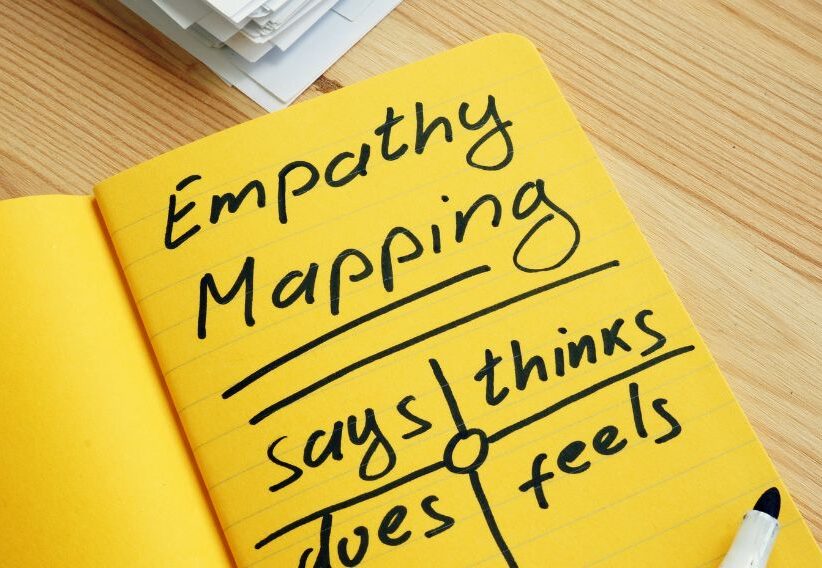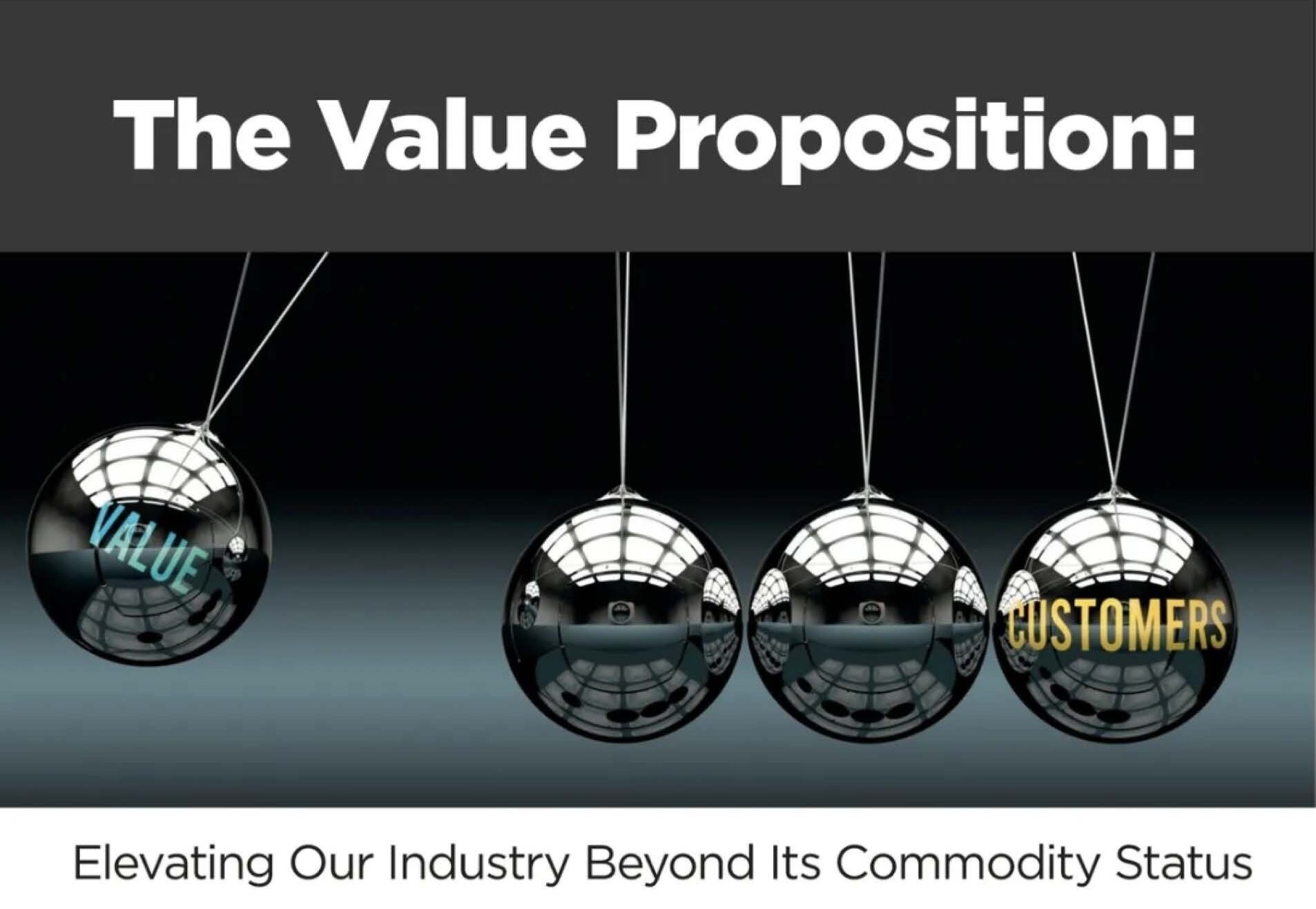This tool can help you develop a deeper understanding of your client’s experience by exploring their emotions, motivations, and attitudes.
Recently, my marketing director, Dara Davulcu, suggested that we host facilitated empathy mapping workshops for our firm. Empathy mapping is a tool to understand a client’s needs, fears, and behaviors. This process develops a deeper understanding of the client’s experience by exploring their emotions, motivations, and attitudes.
During the workshops, I enjoyed listening to our staff collaborate, brainstorm, and empathize with a few challenging scenarios. Through the exercise, we learned how helpful it is to connect with what another person might be feeling, requiring, or worrying about when you’re about to deliver bad news to them or ask for their help with solving a problem.
To come to a difficult conversation better prepared – with resources, solutions, or talking points – we worked through the following prompts:
- What questions might they ask? By anticipating their questions, you can proactively have answers ready.
- What will they need? Gather tools, resources, and documents to help the other person act after your conversation.
- What are they thinking? This person could have much more to worry about after you’ve spoken, so identify things you can say or provide that can help. This question is similar to…
- How might they feel? Thinking through what emotions this person might have can help you empathize. This question also helps you to frame the emotional response you could anticipate, thereby informing your tone and key talking points.
- What are they saying? Having responses for things this person may say – and knowing how to read between the lines – can help you come to the conversation better prepared.
- What are they doing? Have respect for the other person’s workload or level of responsibility. Anticipating this person’s actions or behaviors – before and after your conversation – can help them feel prepared to move forward.
Empathy mapping provides numerous benefits for your business. To name a few, this exercise:
- Deepens understanding. An empathy map will help you understand your client’s motivations, pain points, and needs. By better understanding your client, you can provide services that meet their needs and improve their experience.
- Identifies pain points. Empathy mapping helps identify pain points by understanding clients’ emotions and experiences. By exploring these thoughts and feelings, you can uncover the areas where they struggle the most.
- Enhances collaboration. The empathy mapping exercise can be very collaborative, involving all team members in idea sharing and conversation. This exercise helps build empathy among team members and boosts teamwork.
- Validates assumptions. Empathy mapping can help validate assumptions. By exploring the client’s emotions and behaviors, you can better understand their needs and desires and create a better client experience.
- Differentiates marketing. Empathy maps can help you create more effective marketing campaigns by understanding your client’s pain points, motivations, and behaviors. This information can help you create targeted messaging and marketing strategies that resonate.
Ultimately, the biggest differentiator is the experience your clients have while working with your firm and your people. Empathy mapping is a powerful tool to improve that experience and create more value to meet their needs.
This article was written for The Zweig Letter; you can read it here: https://zweiggroup.com/blogs/news/benefits-of-empathy-mapping




